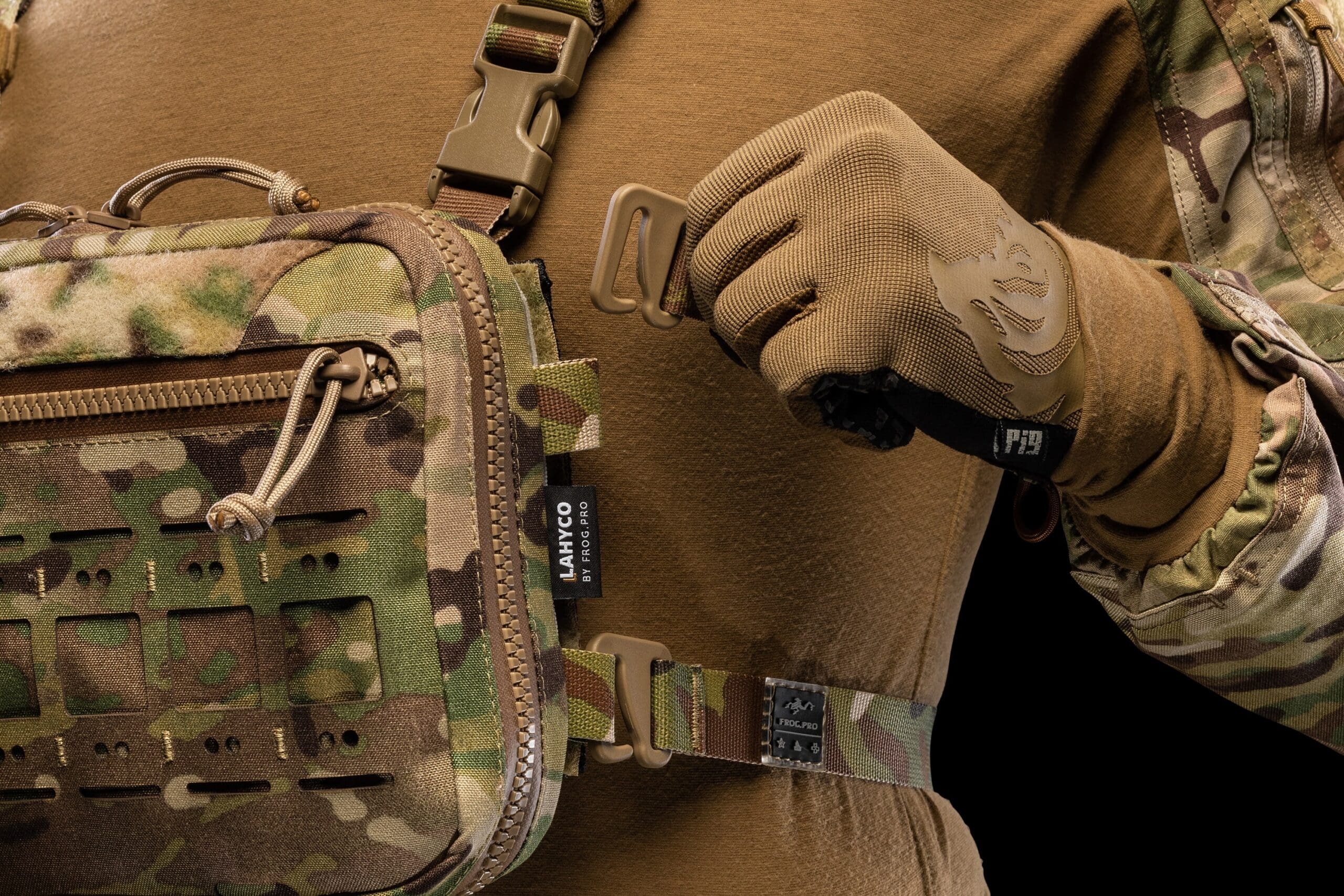HARKER HEIGHTS, Texas — The Military Child Education Coalition® announced today a military-connected high school senior from North Carolina has been named host of the nonprofit’s weekly podcast series throughout April in recognition of the Month of the Military Child.

Tatihana L., a senior from Swansboro High School in N.C., was chosen from more than 500 MCEC® Student to Student® programs to lead the MCEC Podcast series. Tatihana is the daughter of a U.S. Army Soldier and currently serves as her school’s S2S™ president.
“We are so proud to have Tatihana as our host as we celebrate the Month of the Military Child,” said Dr. Becky Porter, MCEC president and CEO. “This young lady represents everything that is great about being a military-connected student, and her leadership has made such a huge impact on her fellow students, the Onslow County School system, and the local community in North Carolina.”
This past November, the Swansboro High School S2S team was named the MCEC National High School S2S Team of the Year during the organization’s virtual Education Summit.
The podcast series begins April 1 with Tatihana sharing her story of what life is like as a military-connected student, dealing with reunifications and PTSD, and the value of S2S for students and the local community. Two of the featured interviews include:
• Zeke McCarley – As one of five children, Zeke shares his story of what it’s like to be a military kid and how he’s gained independence through determination.
• U.S. Army 1st Lt. Simone Askew – Askew shares her story of making history during her time at the United States Military Academy at West Point, N.Y. as the first woman of color to earn the highest rank of First Captain.
Other interviews are planned for the month, and additional promotion will follow on the MCEC official website at MilitaryChild.org and the nonprofit’s social media accounts at Facebook, Twitter, and LinkedIn.
MCEC Podcast Program Manager Tara Gleason and the MCEC Student Achievement Program Manager, Debra Longley, presented the concept of having a student lead the podcast series several months ago. Their goal was to recognize a leader from the S2S program, which includes students from across the U.S. and Europe, to serve as a spokesperson and showcase the impact military-connected students have on their local communities.
As part of her role, Tatihana is participating in all aspects of the podcast including: preparation, research, generating questions, leading all interviews, and supporting portions of the editing process.
All podcasts are posted to the official MCEC Facebook page every Friday and available for download on Podbean and iTunes.


































































































































